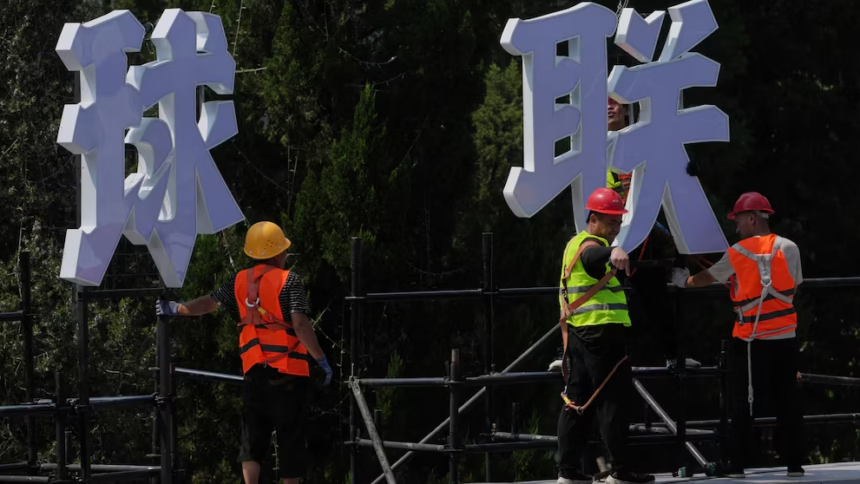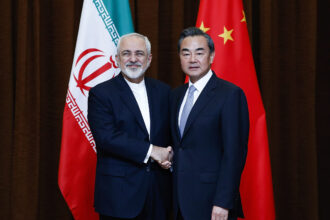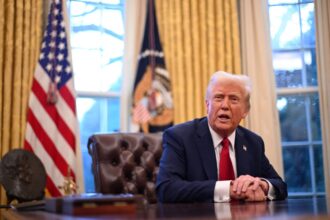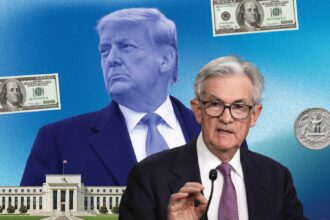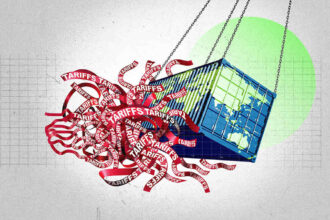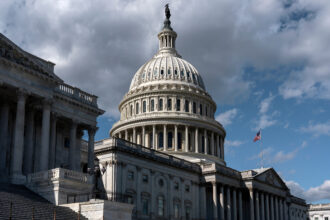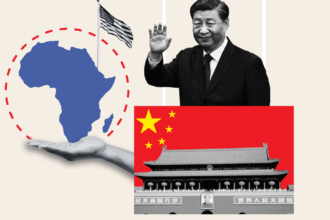China’s economy is showing signs of pronounced slowdown as trade frictions and weakening global demand take a toll on the country’s industrial engine. The latest official figures reveal that production at factories and mines has expanded at its slowest pace since November, underscoring the mounting pressure on policymakers to stabilize growth.
Industrial Output Hits a Soft Patch
Recent data shows that industrial production—a key indicator of economic health—grew at a notably slower rate compared to earlier months. Manufacturing output, mining activity, and energy production all posted weaker gains, reflecting both external and domestic challenges.
Factory managers report that export orders have fallen sharply as the effects of tariffs and counter-tariffs between China and the United States continue to ripple through supply chains. Sectors heavily dependent on overseas sales, such as electronics, machinery, and textiles, have been among the hardest hit.
Trade War Impact Deepens
The trade dispute between the world’s two largest economies has evolved from a temporary disruption into a more structural drag on growth. Higher costs for raw materials, shifting trade routes, and uncertainty over future tariffs have dampened investment appetite among Chinese manufacturers.
At the same time, foreign buyers are increasingly looking to diversify supply chains away from China, accelerating a trend that could have long-lasting effects on the country’s export competitiveness.
Domestic Demand Offers Limited Relief
While Beijing has attempted to offset external pressures by boosting domestic consumption, the results have been mixed. Consumer spending has held steady in urban areas, aided by stimulus measures and infrastructure projects, but rural demand remains sluggish. The property sector—traditionally a major driver of economic activity—continues to face headwinds from tighter regulations and cautious homebuyers.
Retail sales growth has also slowed, signaling that household confidence is weakening amid a softer job market and rising living costs.
Policy Response and Outlook
Chinese authorities have signaled readiness to take further action to cushion the slowdown. Potential measures include targeted tax cuts for small businesses, additional infrastructure investment, and looser credit conditions to encourage private sector borrowing.
However, policymakers face a delicate balancing act. Too much stimulus risks reigniting debt concerns and fueling asset bubbles, while too little could allow the slowdown to deepen. The central bank has already reduced some lending rates and reserve requirements for banks, but it remains wary of aggressive monetary easing.
Global Implications
China’s decelerating growth is not just a domestic concern—it has global repercussions. As a major driver of international demand for commodities, machinery, and consumer goods, a slowdown in China can ripple through economies from Southeast Asia to Latin America.
For multinational companies reliant on Chinese manufacturing, prolonged trade tensions could force strategic realignments, from relocating production to scaling back operations. Global markets are watching closely, as any further deterioration in China’s industrial output could signal broader economic weakness ahead.
Conclusion
China’s latest industrial figures paint a clear picture: the trade war’s effects are no longer a temporary headwind but a structural challenge to the country’s economic model. With manufacturing growth slowing to its weakest pace in months and external demand under pressure, Beijing faces the dual task of safeguarding short-term stability while rethinking its long-term growth strategy.
How China responds in the coming months—both in trade negotiations and domestic policy—will shape not only its own recovery path but also the trajectory of the global economy.

